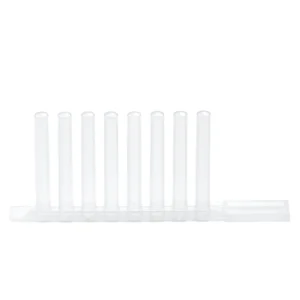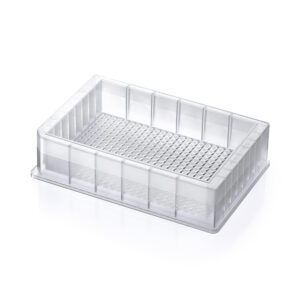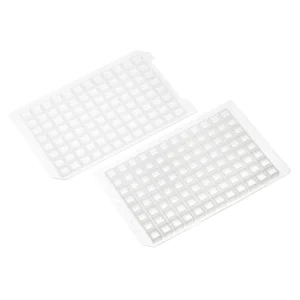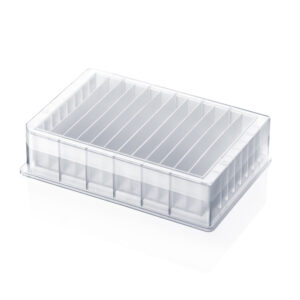Description
Product features
Nylon Transfer Membrane
Positively charged Nylon transfer membrane are intrinsically hydrophilic for easy wetting, will not crack, shrink, or tear when subjected to multiple
cycles of hybridization, stripping. Positively charged Nylon transfer membrane for western blotting with Chemiluminescence, Radioactive &
Fluorescent detection methods.
• Nylon transfer membrane are designed for multiple repeat hybridization detection
• Strengthen and durability preventing distortion or contamination in multiple reprobings
• Suited for all probes both radioactive and non-radioactive, including chemiluminescent and biotinylated detection systems
PVDF Transfer Membrane
The higher mechanical strength and superior chemical resistance of PVDF membranes make polyvinylidene fluoride transfer membrane ideal for
a variety of staining applications and reprobing in immunodetection. PVDF membranes offer better protein retention, physical strength and broad
chemical compatibility. Naturally polyvinylidene fluoride is ideal for a wide variety of protein analysis applications
• PVDF membranes provide durability and high tensile strength for ease of handling
• Exceptional sensitivity detects low-level components
• Low extractables ensures tests will be clean with consistent results
• 0.22 µm pore size recommended for blotting proteins less than 20 kDa
• 0.45 µm pore size recommended for most western blotting, especially proteins greater than 20 kDa
MCE Membrane
Mixed Cellulose Ester (MCE) Filter Membrane Discs with grid lines. Developed from a mixture of cellulose acetate and cellulose nitrate, MCE
membrane filters are one of the most widely used filters in both air monitoring and analytical applications.
Contains grid lines in the filter media in either black or green color, as specified.
Hydrophilic
Suitable for air monitoring applications.
Dissolves completely using standard digestion procedures.
1.2µm and 0.8µm pore sizes are specially handled to offer minimal interference during asbestos fiber counting while clearing completely for ease
of analysis.
PES Membrane Filter
The highly asymmetric pore structure of MS® PES flat membrane offers a high dirty loading capacity, higher through-puts and higher flow rates
than symmetrical membranes.
PES (Polyethersulfone) membrane is hydrophilic and constructed from Polyethersulfone polymer membrane. It is designed to remove particulates
during general filtration, and its low protein and drug binding characteristics make it ideally suited for life science application.
We also supply so many other material such as: PTFE, Polypropylene, CA, CN, Glass Fiber, PVDF.






Reviews
There are no reviews yet.